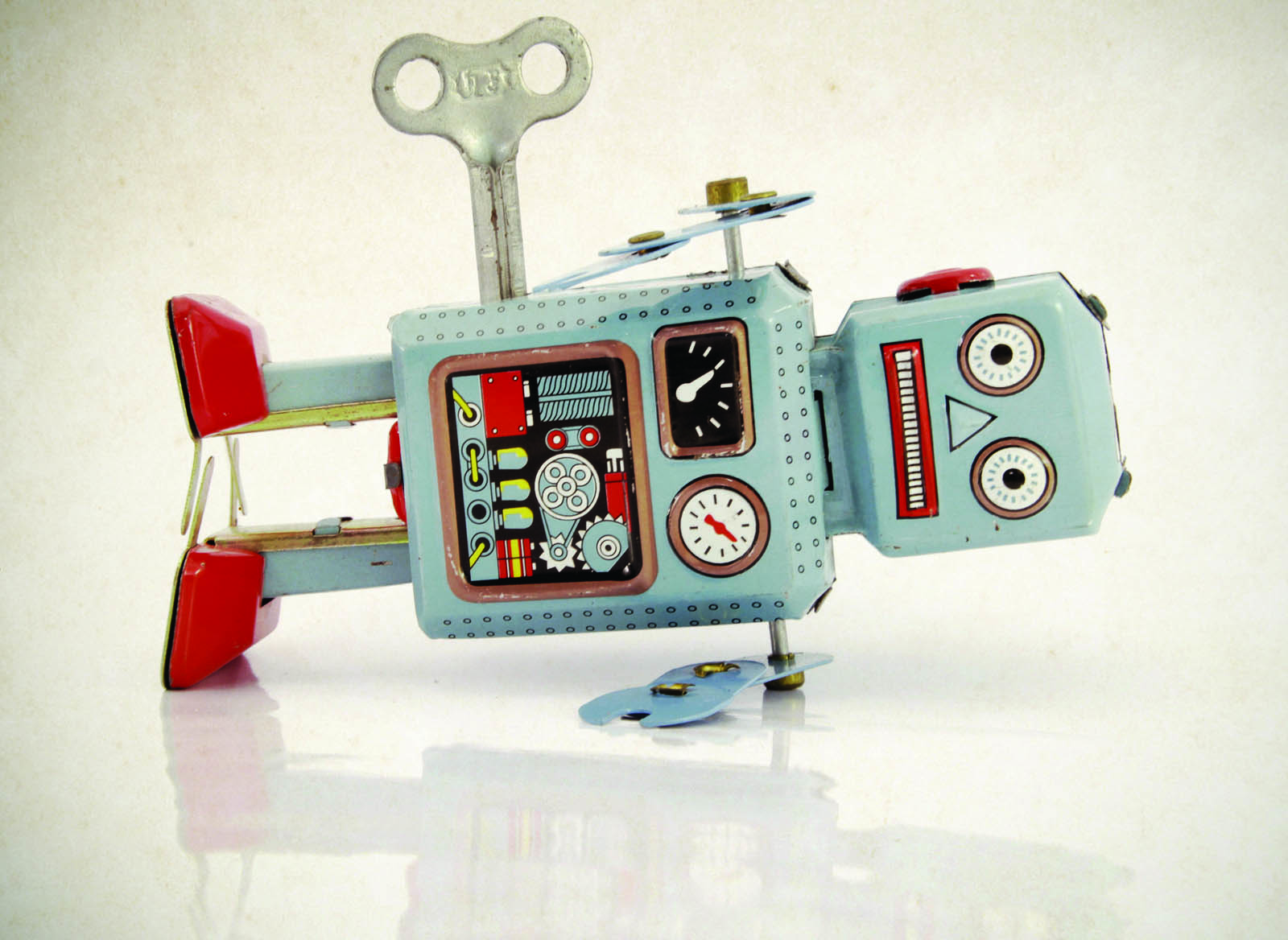
The dilemma of charging
JAMES PEPPER says some fantastic feats in the world of robotics
are all too often let down by an inadequate infrastructure
The robots were out in force at this year’s NRF, but instead of exhibiting sophisticated innovation, some struggling bots highlighted the necessity of reliable infrastructure.
There were reboots on the ground as some of the innovation on display seemed to be a no-show at the event dubbed ‘retail’s big show’. What began as an impressive effort from exhibitors across the expo giving us an eyeful of the future of the retail, their robots competently taking cashless payments, dishing out advice and offering product information, soon became an embarrassment as insufficient Wi-Fi connections blighted some, while lack of charging points caused others to power down.
Innovation is irrelevant unless you invest in the infrastructure to let it function.
Leading this eruption of robots at NRF is my namesake, Pepper, the result of a love-in between IBM’s Watson supercomputer and SBRH. Pepper now has a gang of imitators and whether it is IBM or one of the others, a winner may emerge that has a role to play using biometric recognition to facilitate payment, recognise customers and administer loyalty rewards on the spot. This is a set of attributes that should have application in the theme park sector, but in mainstream retail settings robots still feel like a novelty, still performing tasks that can ultimately be done better by humans.
Pepper is an excellent promotional tool for IBM Watson and its artificial intelligence (AI). We can see how major retailers and hospitality operators are increasingly looking to AI as the cognitive technology that will give them the edge, constantly learning about individual customers and bringing them the benefit of background information that it can tailor to specific requirements with minimal interaction.
These AI capabilities are being meshed into the growth of voice-first commerce through Amazon Alexa, Google Home or Siri. For the moment, no single technology stands out, but Starbucks is demonstrating voice-led ordering that makes getting a coffee almost frictionless. On a grander scale, an IBM/General Motors collaboration takes the connected car further into retail, recognising a driver’s preferences and loyalty schemes, making recommendations and enabling in-car ordering at restaurants, petrol stations and stores.
This year, NRF is vaster than ever with a huge emphasis on technological innovation. There are a number of hardware vendors, yet many have technologies that are hard to differentiate.
The virtual reality (VR) sector, however, is proving irresistible to anyone with an eye for innovation. How much of it proves to be effective is open to question, as with the robots, but the ability to pick up items, turning them over to inspect them and place them in the trolley you are pushing is dazzling. When the store doesn’t have what you want on the shelf, a trip into VR may well persuade you to purchase. We could see this as part of the gamification of retail, readily accepted by millennials, even if there is a barrier to overcome about using a headset worn by someone else. But it remains expensive.
Which brings us back to infrastructure. Verizon, for instance is showing technology using the latest in mobile data. It relies on 5G connectivity and in the UK that is still a long way off.



